
Benkos Biohó, the Black liberator of Cartagena
Benkos Biohó is remembered as the founder of Palenque de San Basilio, and a pioneer of freedom in the Americas.
Domingo Benkos Biohó was a leader who commanded the rebellion of maroons in the New Kingdom of Granada in the 17th century, becoming king of the free town of San Basilio de Palenque.
His slave name, Domingo, was likely given to him by Portuguese merchants who had a license from the Spanish crown to traffic human beings captured in Africa to the New World. The name Benkos, gathered from the oral tradition surrounding his story, corresponds to a place east of the Senegal River.
In 1599, 100 years after the arrival of the Europeans to the American continent, due to the subhuman living conditions for slaves, Biohó and his wife Ulva escaped with other enslaved men and women, towards the interior of the savannahs and mountains surrounding Cartagena. These places, being inaccessible, served as refuge and settlement for the hundreds of slaves who fled from their masters, seeking to regain their freedom.
The maroons created communities that allowed them to live freely again, resisting the slave system in the interior of the Caribbean Coast and other regions of the New Kingdom of Granada. Periodically, Spanish authorities led armed expeditions against them to recapture them and destroy their palenques.
According to Fray Pedro Simón, a Spanish Franciscan, professor and chronicler who spent most of his professional life in Spanish America, "by the end of 1599... an uprising and retreat of certain Black maroons began." The rebellion was led by Domingo Biohó, the name by which the Spaniards knew as 'Benkos.' The slave leader, described by Simón as "spirited, brave and daring, led an initial expedition of 30 Black slaves towards the arcabuco and Matuna swamp, south of the town of Tolú."
RELATED CONTENT
Due to the remarkable leadership exercised by Benkos Biohó and the fear he struck among the slavers, Spanish governor García Girón resorted to treason to capture him and order his public execution in Cartagena, in March 1621.
After Benkos' death, San Basilio de Palenque became a symbol of independence for fugitive slaves, being the first "free town of America," by royal decree of the King of Spain in 1713.
Today, in San Basilio de Palenque, people speak Palenquero, a language derived from ancient Portuguese, including some words from African languages.
In 2005, San Basilio de Palenque was declared a Masterpiece of the Oral and Intangible Heritage of Humanity by UNESCO. About 70 kilometers south of Cartagena, on hills of strategic value that were used as lookout posts, you can still hear the names of the neighboring palenques: Sincerín, Mahates, Gambote.


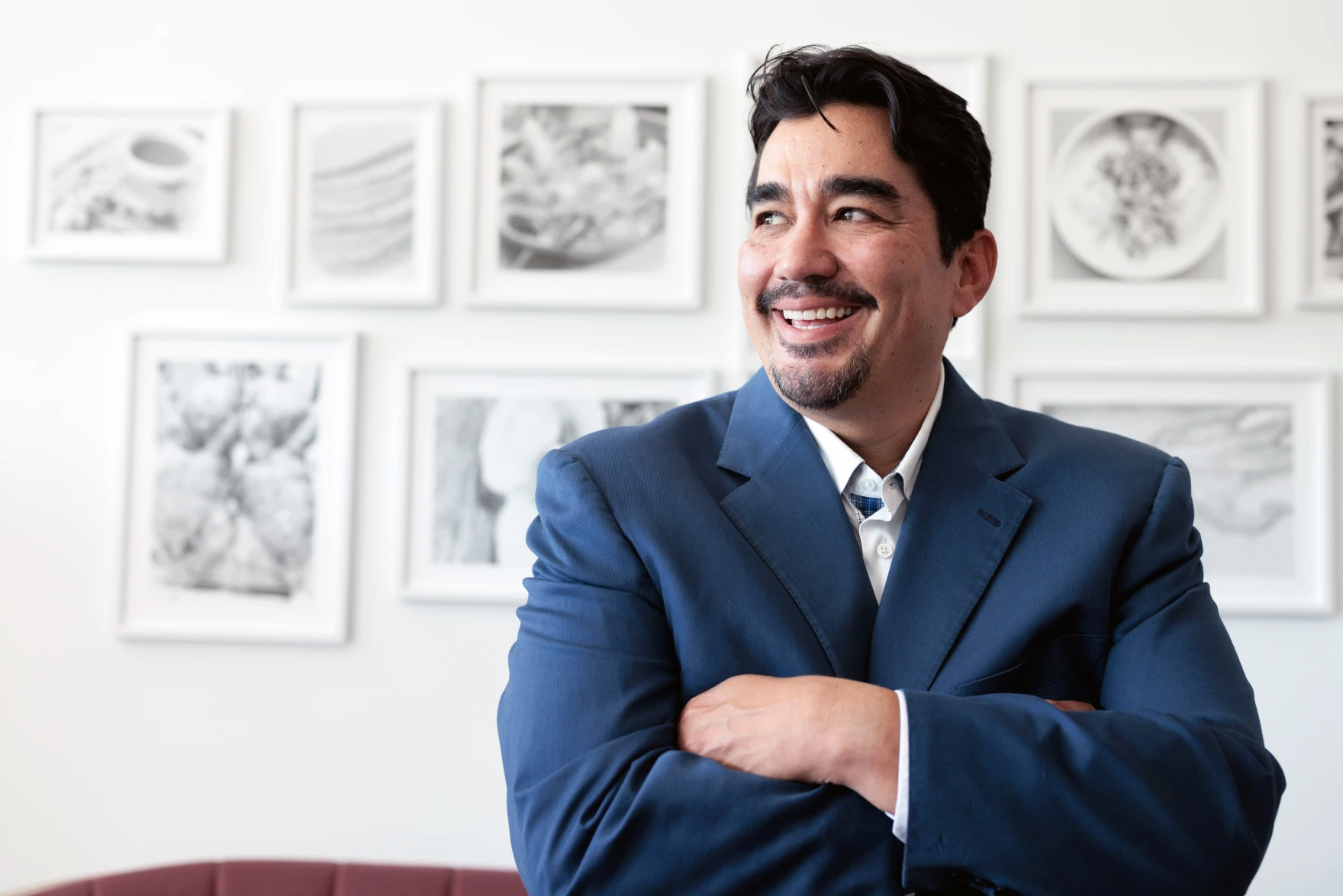

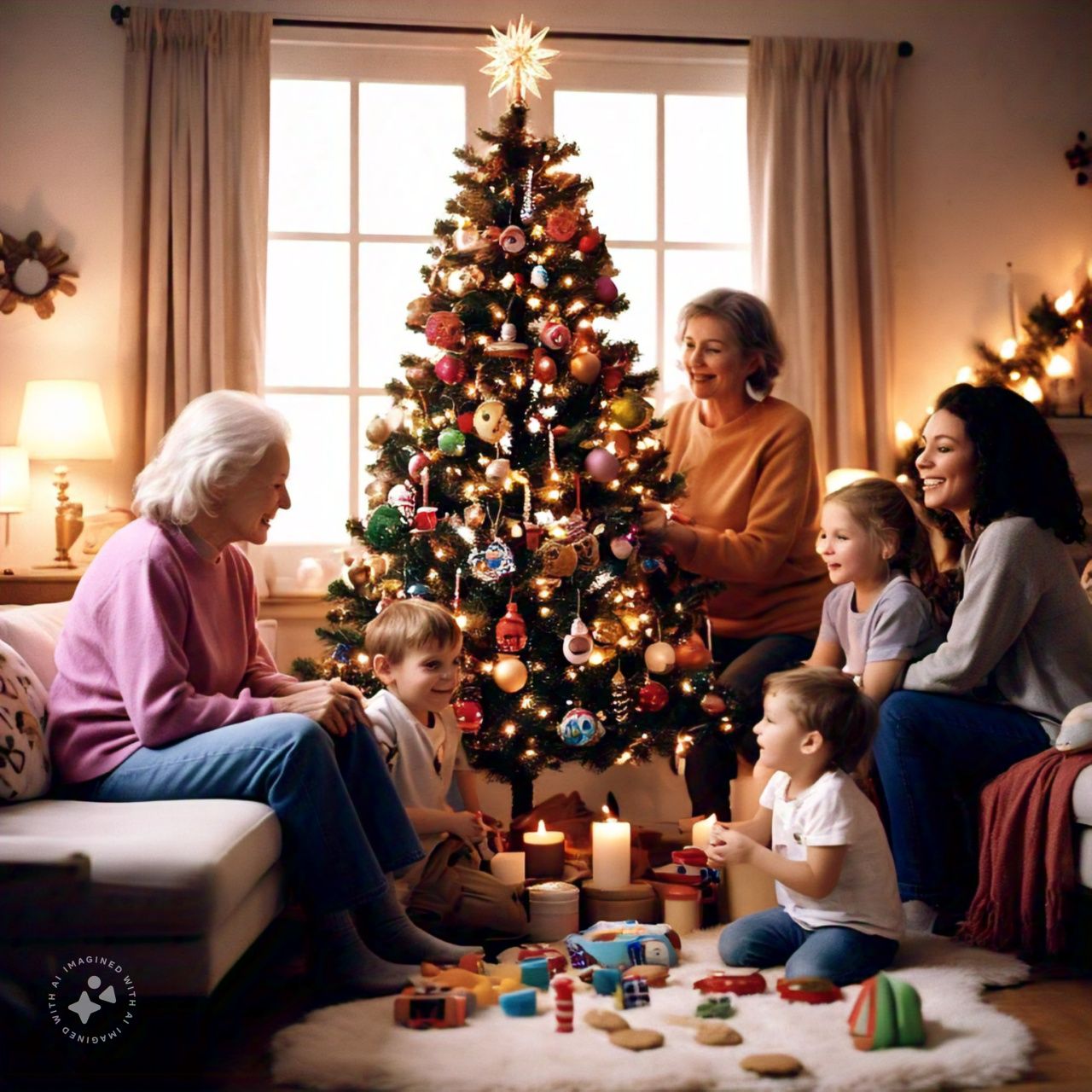
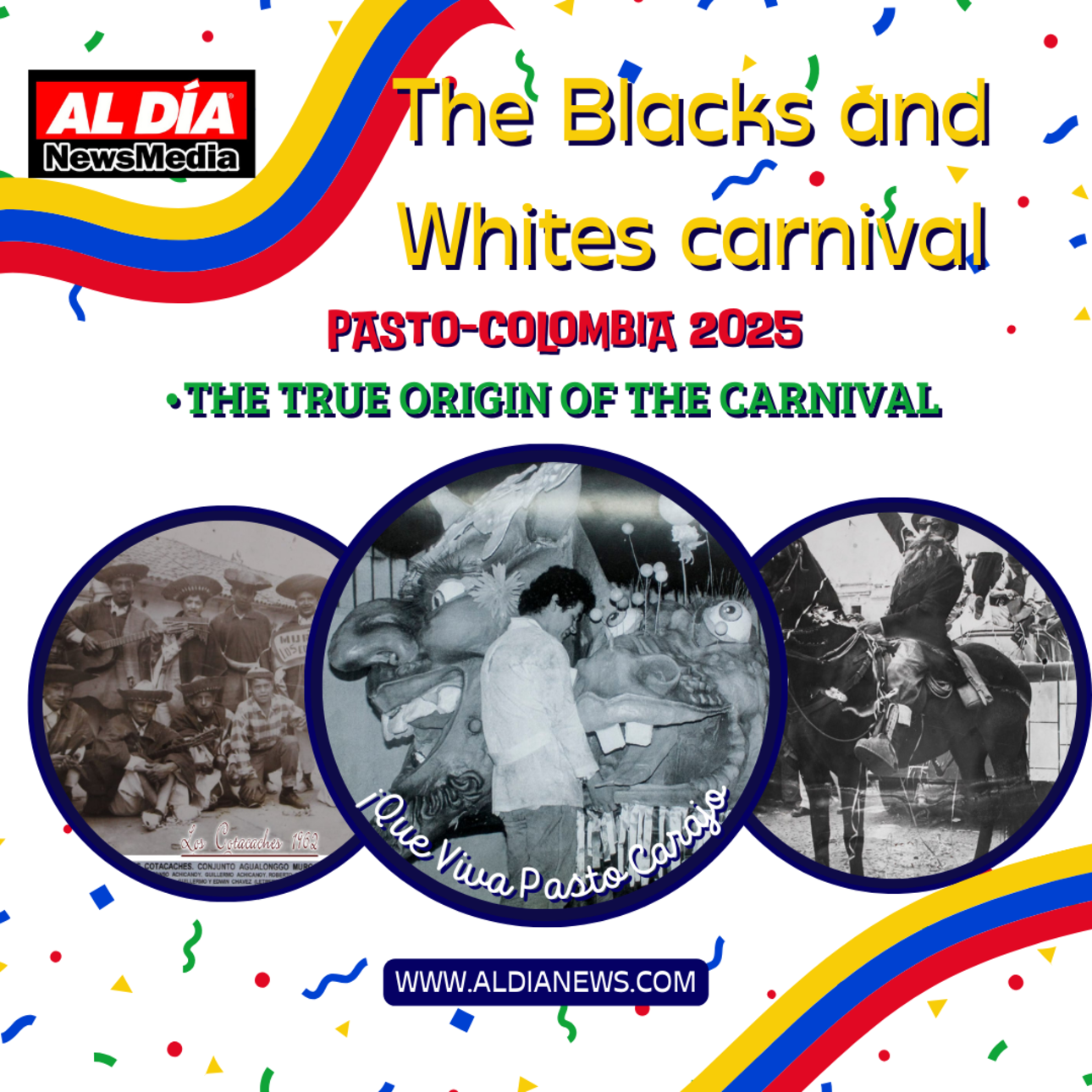


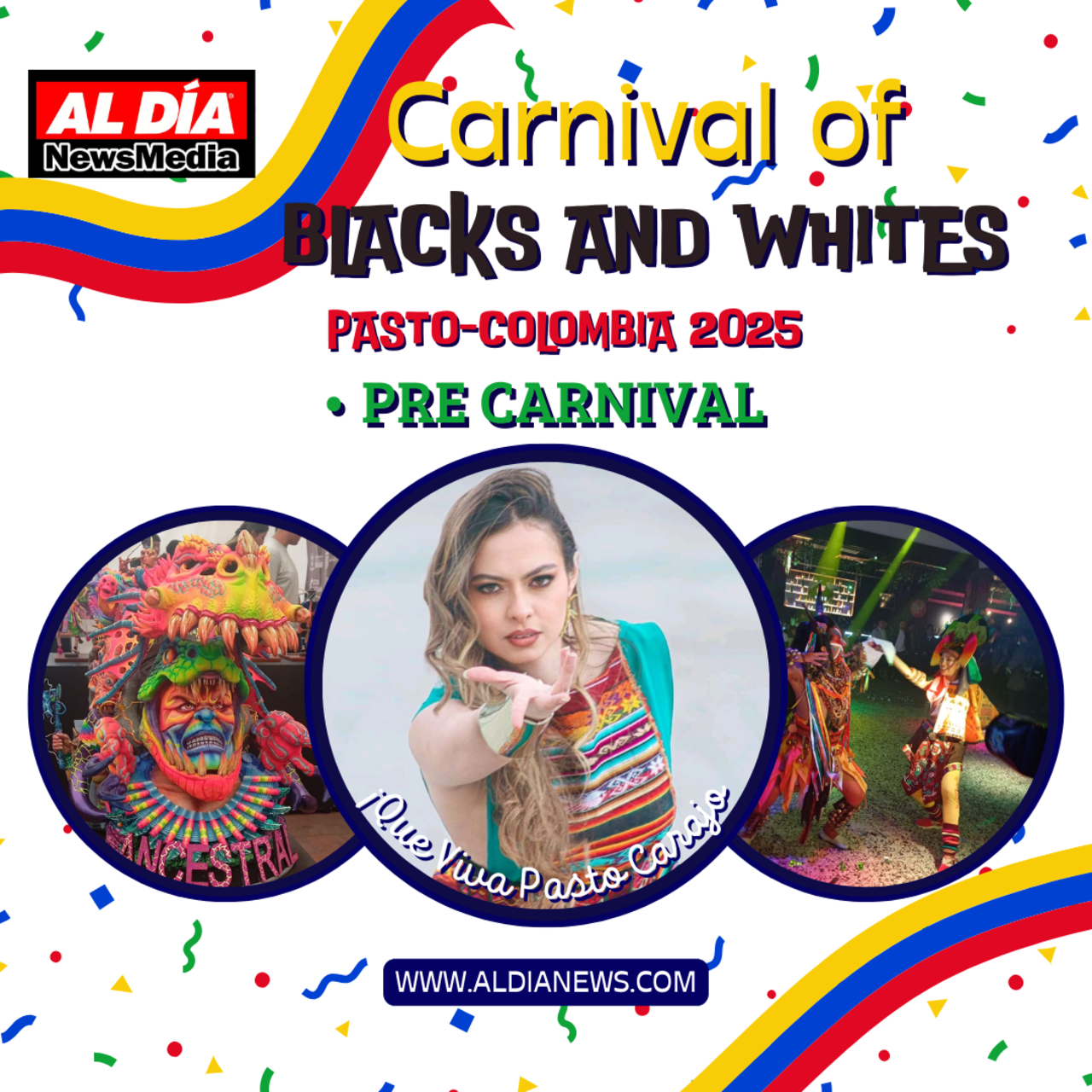

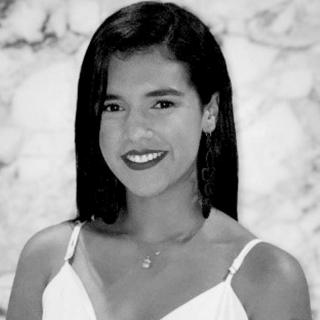
LEAVE A COMMENT: